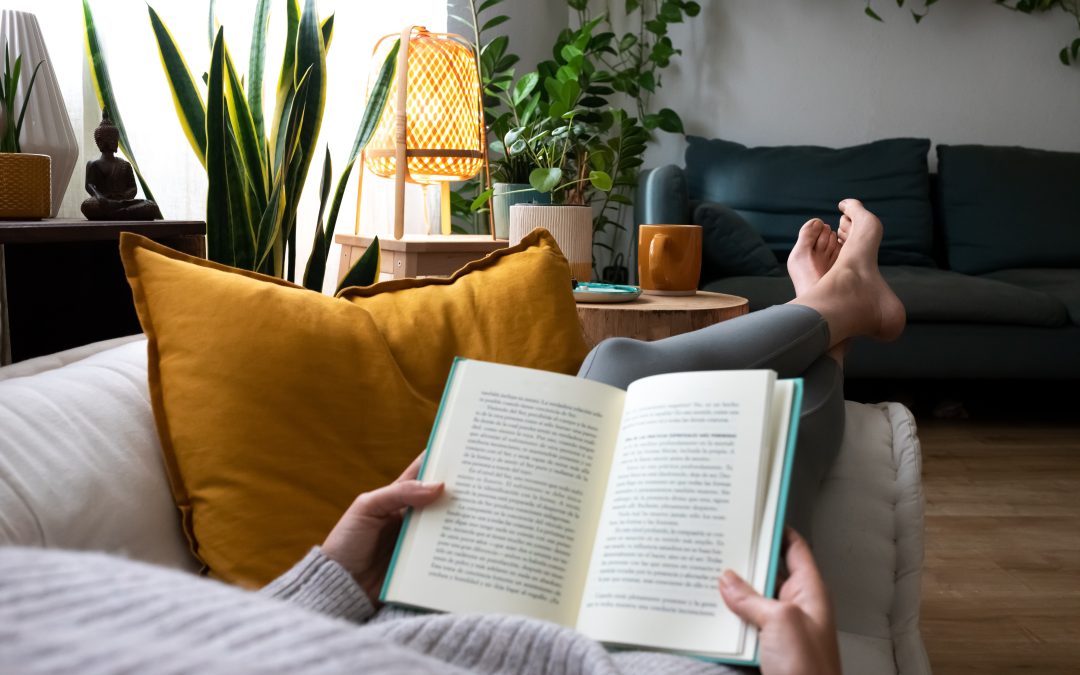
No More Over-Editing: Why Imperfect Stories Are Resonating More Than Ever

In the age of polished perfection and flawless narratives, there’s been a surprising shift in the way audiences connect with stories. For years, the pressure on writers and creators was to produce immaculate, meticulously crafted content. The ideal story was clean, crisp, and error-free—a model of literary precision. But today, it seems that imperfect stories—those that embrace rawness, vulnerability, and imperfection—are resonating more deeply than ever before.
So why is it that readers and viewers are finding so much appeal in stories that are, by traditional standards, unfinished, rough, or “imperfect”? The truth lies in a number of key cultural shifts, audience expectations, and changes in the way we consume and value content. Let’s explore why letting go of over-editing might be the key to creating authentic, impactful stories.
The Rise of Authenticity Over Perfection
In a world where perfection often feels unattainable, and the pursuit of flawless social media posts has created a culture of curated lives, there is a growing desire for authenticity. Perfectly crafted stories, whether in books, films, or even social media posts, often give the impression that life is pristine, neat, and easily controlled. But most of us know that real life is much messier than that.
Imperfect stories—those that allow room for flaws, mistakes, and vulnerability—are providing something that feels more real, more human. When we read or watch something that feels “imperfect,” we’re given a glimpse into the creator’s process, their struggles, and their truths. We can see ourselves in their mistakes and triumphs. This rawness builds connection in a way that polished perfection simply can’t.
The Beauty of Relatability
Relatability has always been a cornerstone of storytelling, but the definition of what’s relatable has evolved. We no longer want stories that tell us how everything is supposed to be; instead, we crave stories that reflect our complexities, challenges, and imperfections.
Think about the books, movies, or even blog posts that have stuck with you the most. Chances are, they were the ones that felt real—stories that included stumbles, awkward moments, or emotional missteps. Maybe the protagonist wasn’t always likable, or the plot wasn’t perfectly tied up in a neat bow at the end. But these elements created a narrative that felt more true to life. We connect with stories where characters make mistakes, face failure, and find strength in their imperfections.
The Perfection Myth in the Digital Age
The advent of digital media and social media platforms has made it easier than ever to consume content that’s been polished to perfection. Filters, edits, and adjustments create a surface-level ideal of life and art. But behind the seamless images and flawless narratives lies a deeper truth: the more we see perfection, the more we start to crave authenticity.
Audiences today are tired of seeing the “best version” of everything. The desire for realness has grown stronger, and as a result, imperfect stories have become a refreshing departure from the curated world we’re used to. Readers want to see the struggles behind the success, the messiness behind the achievements, and the vulnerability behind the victories.
Imperfection as a Creative Tool
It’s not just about embracing imperfections in stories—it’s about using them as creative tools to deepen a narrative. Imperfections, whether in structure, pacing, or character development, can add complexity and authenticity to a story. They can break the mold of conventional storytelling, allowing for more unique, unexpected journeys.
For example, stories that take risks with unconventional structures—fragmented timelines, incomplete arcs, or raw, unedited dialogues—can create a sense of urgency or emotional intimacy that would be impossible with a more traditional, polished approach. The lack of refinement invites the audience to participate in the creation of meaning, filling in the gaps with their own experiences.
The Impact of Imperfect Stories in Literature
In literature, we’ve seen a growing trend of authors embracing imperfect narratives. These aren’t the perfectly shaped, symmetrical plots of classic literature but instead stories that reflect the messiness of human life. Modern themes focus on characters who are flawed, confused, and emotionally complex, and have gained massive popularity because they don’t sugarcoat the realities of relationships and self-discovery.
The characters aren’t perfect, their decisions aren’t always wise, and their journeys are marked by uncertainty. This authenticity and imperfection make the stories deeply relatable and impactful. Readers see themselves in these characters, flaws and all, making it easier to form an emotional connection to the narrative.
The Power of Imperfection in Film and Television
The trend of imperfection isn’t limited to literature; it’s also evident in the film and television industries. Characters who are flawed, self-destructive, or mess up in almost every aspect of their lives somehow remain compelling because they reflect real human struggles.
In contrast, traditional film and TV often rely on hero arcs and polished, “perfect” characters. But the popularity of these “imperfect” shows suggests that audiences are drawn to the messiness of life, where victories are harder to come by, and redemption is not always guaranteed.
The Beauty of Imperfection in Personal Expression
For authors and creators, there’s also something deeply liberating about embracing imperfection in your work. The pressure to create “perfect” content can stifle creativity, causing writers to second-guess every word or edit themselves into a corner. By letting go of the fear of imperfection, writers can embrace the spontaneity, unpredictability, and vulnerability that make their stories unique.
This doesn’t mean abandoning editing or abandoning the craft; rather, it means recognizing that sometimes, the rough drafts, the mistakes, and the unpolished elements can be the very things that make a story resonate deeply with readers. It’s about striking the right balance between refinement and rawness.
How to Embrace Imperfection in Your Own Writing
Allow Room for Mistakes: Don’t be afraid to let your characters stumble or to leave some questions unanswered. Imperfection can create tension and intrigue, drawing readers in and making them more invested in the outcome.
Trust the Process: Writing doesn’t have to be perfect the first time. Give yourself permission to make mistakes in the drafting process. Editing and refining can come later; the first draft should be about exploring ideas, not perfection.
Be Vulnerable: If a part of your story feels too personal or too raw, that’s often the part that will resonate most with readers. Vulnerability is a powerful tool that can create an emotional connection between the story and your audience.
Embrace Messy Narratives: Don’t worry if your story doesn’t follow a conventional structure or if the narrative is a little rough around the edges. Imperfect stories often have a unique energy and originality that perfectly polished ones may lack.
In a world increasingly defined by perfection, there’s a growing hunger for stories that reflect the beauty of imperfection. Whether in literature, film, or digital media, imperfect stories resonate because they feel real, raw, and deeply human. For creators, embracing imperfection is not just a trend—it’s a chance to forge deeper connections with audiences and to produce work that truly reflects the complexity of life. So, let go of the need for flawless writing, and let your stories unfold in their messy, beautiful, and imperfect glory. After all, it’s often in the imperfections that we find the most truth.





